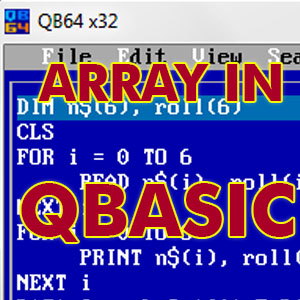
ARRAY in QBASIC
Greatest among 5 numbers using Array CLS DIM num(4) PRINT “Enter any any 5 numbers” FOR j = 0 TO 4 INPUT num(j) NEXT j lrg = num(0) FOR j …
ARRAY in QBASIC Read More

Greatest among 5 numbers using Array CLS DIM num(4) PRINT “Enter any any 5 numbers” FOR j = 0 TO 4 INPUT num(j) NEXT j lrg = num(0) FOR j …
ARRAY in QBASIC Read More
Library Functions (Click Here) Convert Decimal to Binary CLS INPUT “ENTER DECIMAL NUMBER” ; D WHILE D < > 0 R = D MOD 2 S$ = STR$(R) + S$ D …
Library Functions of QBasic Examples Read More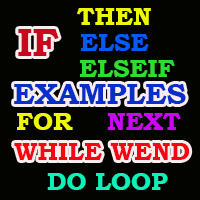
To find positive negative or zero. CLS INPUT “Enter any number” ; a IF a > 0 THEN PRINT “The number is positive” ELSEIF a < 0 THEN PRINT “The …
IF Statement and FOR Statement in QBasic Examples Read More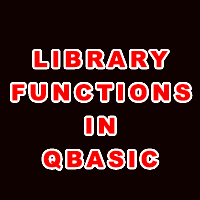
Introduction: A function is a built-in formula or a ready made program which helps us to perform a certain task such as mathematical, financial, logical etc. A function manipulates data …
Library Functions in QBASIC-Introduction Read More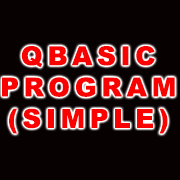
QBASIC Programming Sum of two numbers CLS REM To find Sum of two numbers INPUT “Enter the first number”; a INPUT “Enter the second number”; b SUM = a + …
QBASIC Programming- Simple Read More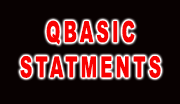
QBASIC Statements: Any command or the instructions in the QBASIC is called a statement. Statements are classified into executable and non-executable. Executable statement specify actions and non-executable statements specify characteristics, …
QBASIC Statements Read More
Elements of QBASIC language are: Character Set Constants Variables Operators Expressions 1.Character Set: The set of valid characters that a language can be recognize. A character include alphabets, numbers and …
Elements of QBASIC Read More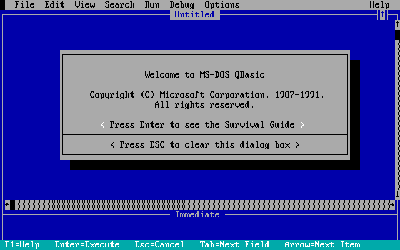
BASIC stands for Beginners’ All purpose Symbolic Instruction Code which is one of the most popular high level language developed in the year 1964 at Darmouth College -United Stated of …
Introduction to Qbasic Read More